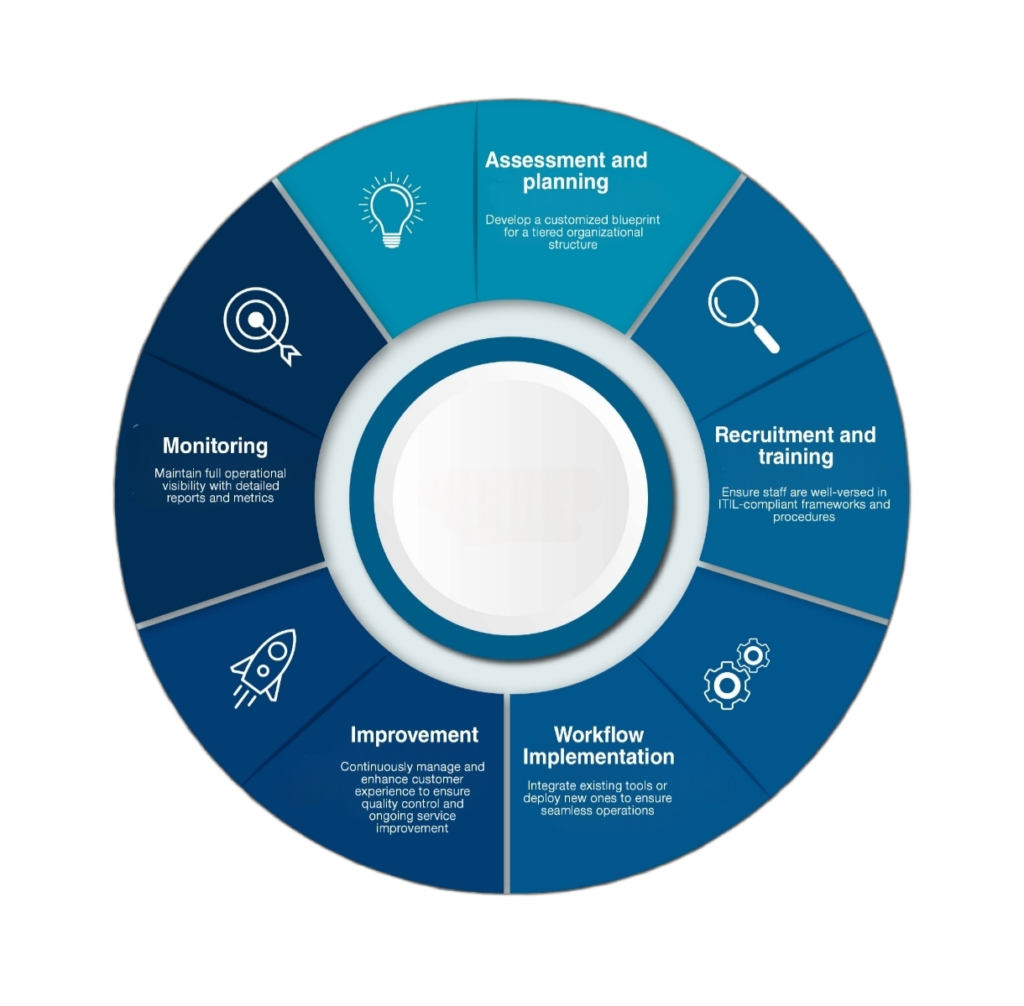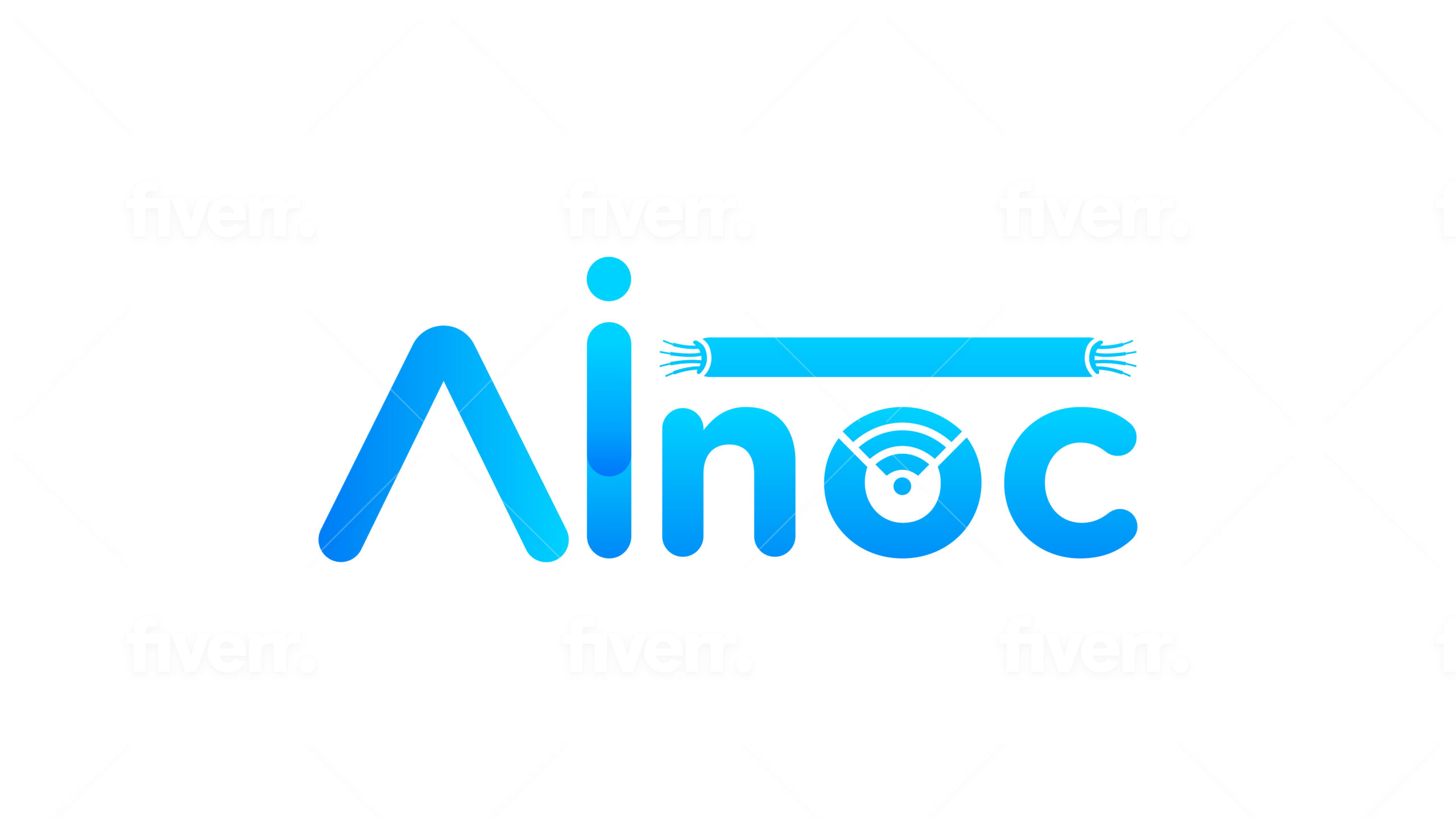Enhancing Telehealth Infrastructure: European Client's Journey to Optimal Network Performance and Reliability

Growing pains and regulatory hurdles

The rapid expansion of European Client’s user base exposed critical network issues, including:
Latency Issues:
- High latency during video consultations due to inefficient traffic routing and server overloads.
- Spikes in latency during peak hours impacted telehealth service quality.
Network Downtime:
- Frequent outages caused disruptions to patient care and compliance risks with HIPAA regulations.
Fragmented Network Visibility:
- Lack of centralized monitoring hindered effective incident detection and response.
- Troubleshooting across different regions and cloud providers was inefficient.
The implementation of a centralized NOC transformed European Client’s network infrastructure, addressing key challenges:
Centralized NOC:
- Unified monitoring dashboard for real-time visibility.
- Skilled network engineers and analysts managing global infrastructure.
Unified Monitoring Tools:
- SolarWinds, Nagios, and Splunk for performance monitoring.
- FireEye and Darktrace for threat detection and compliance.
Network Traffic Optimization:
- Cloudflare CDN and Anycast DNS for reduced latency and optimized routing.
- Load balancers for dynamic traffic distribution.
Infrastructure Hardening:
- Multi-cloud architecture (AWS, Azure) for redundancy and high availability.
- Automated failover and consistent deployments using Terraform.
Automated Incident Management:
- Integration with PagerDuty for automated alerts and SOPs for incident types.
- Regular incident response training.
After AI-NOC Implementation

Problem Statement
European Client faced increasing challenges due to the rapid growth in user base and demand for telehealth services. Key issues impacting their network performance included:
- Latency Issues:
- Users experienced high latency during video consultations due to inefficient traffic routing and server overloads.
- Latency spikes were especially common during peak consultation hours.
- Network Downtime:
- Network outages caused by infrastructure failures resulted in significant disruptions to patient care.
- Frequent downtime events also impacted compliance with HIPAA and other regulatory standards.
- Fragmented Network Visibility:
- Lack of a centralized network monitoring system hindered effective incident detection and response.
- Troubleshooting network issues across different regions and cloud providers was time-consuming.
Objective:
- Establish a centralized Network Operations Center (NOC) for European Client’s global network infrastructure.
- Reduce network latency and ensure a consistent, high-quality telehealth experience.
- Improve network visibility to reduce downtime and meet the 99.99% availability SLA.
The Solution
- Centralized NOC Implementation:
- Built a state-of-the-art NOC with a unified monitoring dashboard for real-time network visibility.
- Assembled a team of network engineers and analysts to manage European Client’s global infrastructure.
- Unified Monitoring Tools:
- Implemented SolarWinds, Nagios, and Splunk for comprehensive network performance monitoring.
- Integrated security tools like FireEye and Darktrace for threat detection and compliance management.
- Centralized monitoring data into a unified dashboard for easy access and analysis.
- Network Traffic Optimization:
- Deployed Cloudflare CDN to reduce latency and optimize traffic routing.
- Implemented load balancers for dynamic traffic distribution across data centers.
- Utilized Anycast DNS to route users to the nearest, most efficient server.
- Infrastructure Hardening:
- Transitioned to a multi-cloud architecture (AWS, Azure) for redundancy and high availability.
- Automated failover mechanisms using DNS-based routing and load balancing.
- Implemented Infrastructure as Code (IaC) using Terraform for consistent deployments.
- Automated Incident Management:
- Integrated monitoring tools with PagerDuty for automated incident alerts and escalation.
- Developed Standard Operating Procedures (SOPs) for various incident types.
- Conducted regular incident response training for the NOC team.
- Performance Optimization and Forecasting:
- Conducted regular network performance testing and optimized traffic routing.
- Implemented predictive analytics for proactive resource scaling and traffic management.
The Results
- Reduced Network Latency:
- Latency reduced by 65% through CDN implementation and traffic optimization.
- Achieved sub-80ms latency globally, improving telehealth consultation quality.
- Decreased Downtime:
- Downtime incidents reduced by 70% due to improved network resilience.
- Achieved 99.99% availability SLA through automated failover and redundancy mechanisms.
- Enhanced Network Visibility:
- Achieved unified network visibility across all cloud providers and regions.
- Reduced incident response times by 55% through automated alerts and SOPs.
- Optimized Network Costs:
- Network infrastructure costs reduced by 25% due to predictive scaling and traffic optimization.
- Improved resource utilization through consistent deployments and IaC.
- Improved Customer Satisfaction:
- Customer satisfaction improved by 45% due to consistent telehealth service quality.
- Significant reduction in customer churn rates through reliable service delivery.

Premier AI-NOC Support
Premier AI-NOC Support
Use the form below to drop us a line. We’ll follow up within one business day.

Please note any information you provide will be kept private.
About AI-NOC
AI NOC, certified under ISO 27001:2013, operates as a 24/7 Network Operations Center and has garnered acclaim as a leading international provider of comprehensive NOC Lifecycle Solutions®. These solutions span from NOC support and optimization to design and construction services tailored for enterprises, communication service providers, and OEMs. AI NOC enhances the support delivered to its partners’ and clients’ customers and end users through these services.
AI NOC conducts detailed evaluations of its internal NOC operations to boost efficiency and reduce response times. Additionally, it offers expert consulting in best practices to refine, structure, and develop NOC operations, frameworks, and methods. AI NOC ensures proactive support around the clock, with flexible geographic service options including North America, the EU, APAC, or a globally integrated approach. The AI NOC team is committed to a proactive, hands-on method for resolving incidents, providing robust technology infrastructure support.
- info@ai-noc.com
- +1 646 712 9439
